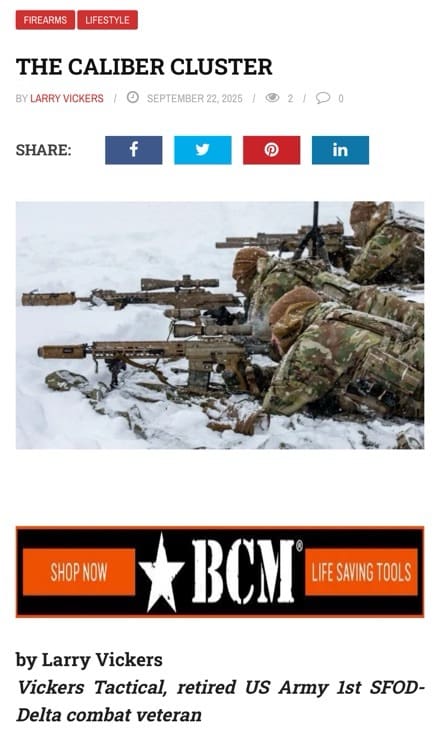Especially for a Pacific Theater conflict with China though, this M7 has zero place in the fight, and would only lead to unnecessary loss of life. Not that US Army will be Island-hopping like it’s WWII (unless some mongoloid General convinces the JCS that’s a good idea).
In Asian militaries, it’s very top-down how they do their large force exercises. Now China does evolutions of their combined arms live-fire demos so the Generals look competent. Based on Chinese culture, I could see the unexpected outcome being an even more humiliating defeat than Saddam experienced in 1991. The Iraqi Air Force and Army were battle-hardened against the US-equipped Iranian Air Force and Army over 8 years of warfare. That included surface-to-surface ballistic missiles, advanced fighters, bombers, chemical warfare, large mechanized battles, artillery, and large infantry engagements.
The pace at which counter-UAS systems are being developed and manufactured is also a thing in NATO and would-be belligerent nations. It always comes back to who can put bigger warheads on TGTs faster and in more efficacious locations consistently to shut down the opponent. China sucks at maritime operations, so they really can’t afford to mess around in that space, especially if it spreads into their merchant fleet of shipping vessels. Every nation who suffers from their dredge fishing and depletion of fish populations would love to punch them in the face if it’s open season on ChiCom vessels.
Their Air Defense doesn’t work against European cruise missiles, so it won’t work against our more VLO missiles like JASSM and JASSM-ER. They showed that in the Indo-Paki dust-up earlier this year. SCALP Cratered all the Eastern-based Pakistani Air bases, shutting down their sortie-gen capability.
The major conclusion from all of this for me is that US Army/Pentagon needs to be relieved of small arms development. They have proven time and again for the last 70 years that they are incapable of envisioning, managing, and fielding a successful shoulder-fired weapon. All the really good solutions in this space have come from other organizations outside of Big Army. So good that other Special Operations, Recon, and Infantry units around the world have adopted those solutions (AR-15, M4, Hk416) and are expanding their adoption even as we speak. Look at the latest SAKO AR-15 weapons for Finnish Defense Forces and Sweden, as examples.
In Asian militaries, it’s very top-down how they do their large force exercises. Now China does evolutions of their combined arms live-fire demos so the Generals look competent. Based on Chinese culture, I could see the unexpected outcome being an even more humiliating defeat than Saddam experienced in 1991. The Iraqi Air Force and Army were battle-hardened against the US-equipped Iranian Air Force and Army over 8 years of warfare. That included surface-to-surface ballistic missiles, advanced fighters, bombers, chemical warfare, large mechanized battles, artillery, and large infantry engagements.
The pace at which counter-UAS systems are being developed and manufactured is also a thing in NATO and would-be belligerent nations. It always comes back to who can put bigger warheads on TGTs faster and in more efficacious locations consistently to shut down the opponent. China sucks at maritime operations, so they really can’t afford to mess around in that space, especially if it spreads into their merchant fleet of shipping vessels. Every nation who suffers from their dredge fishing and depletion of fish populations would love to punch them in the face if it’s open season on ChiCom vessels.
Their Air Defense doesn’t work against European cruise missiles, so it won’t work against our more VLO missiles like JASSM and JASSM-ER. They showed that in the Indo-Paki dust-up earlier this year. SCALP Cratered all the Eastern-based Pakistani Air bases, shutting down their sortie-gen capability.
The major conclusion from all of this for me is that US Army/Pentagon needs to be relieved of small arms development. They have proven time and again for the last 70 years that they are incapable of envisioning, managing, and fielding a successful shoulder-fired weapon. All the really good solutions in this space have come from other organizations outside of Big Army. So good that other Special Operations, Recon, and Infantry units around the world have adopted those solutions (AR-15, M4, Hk416) and are expanding their adoption even as we speak. Look at the latest SAKO AR-15 weapons for Finnish Defense Forces and Sweden, as examples.



